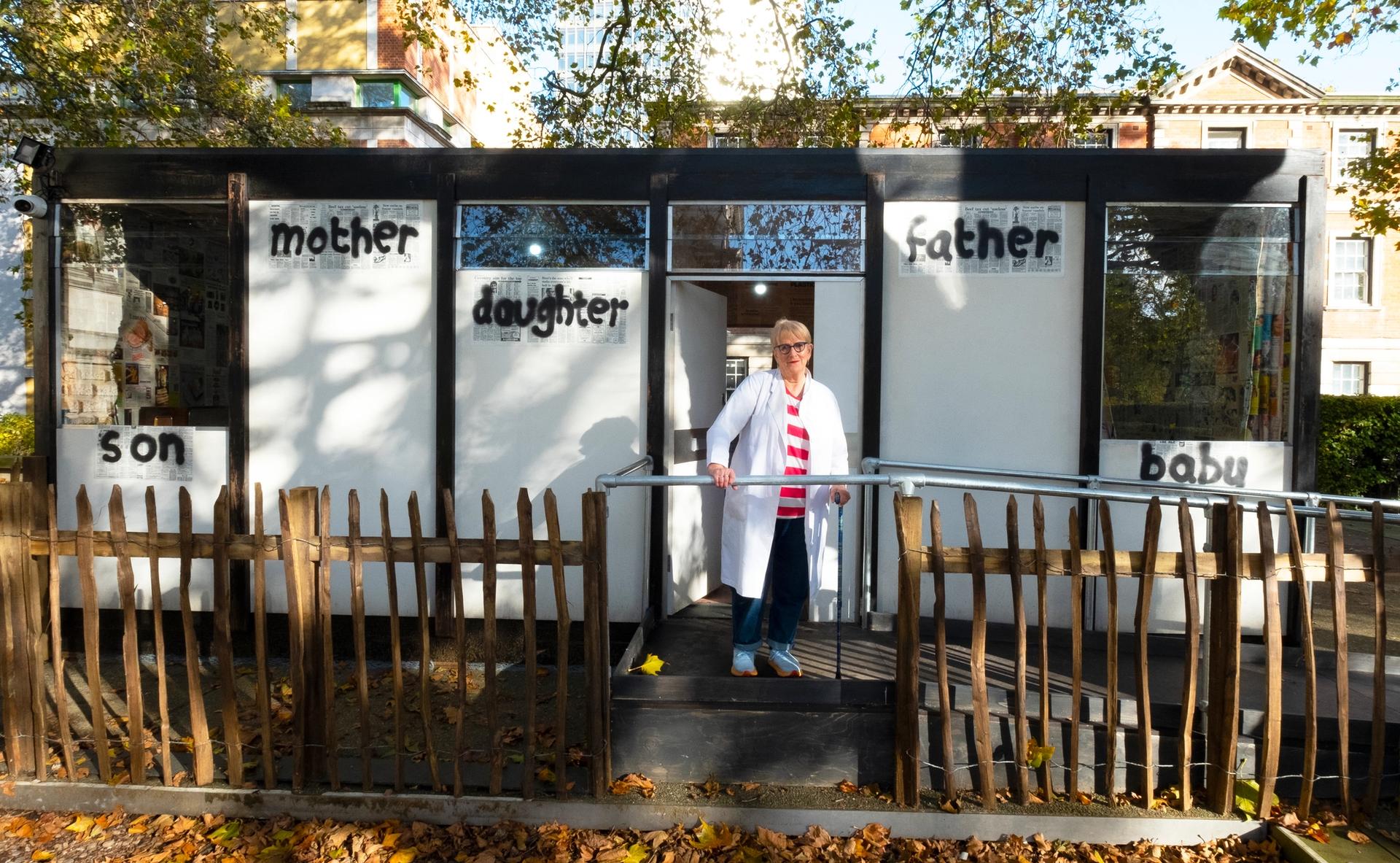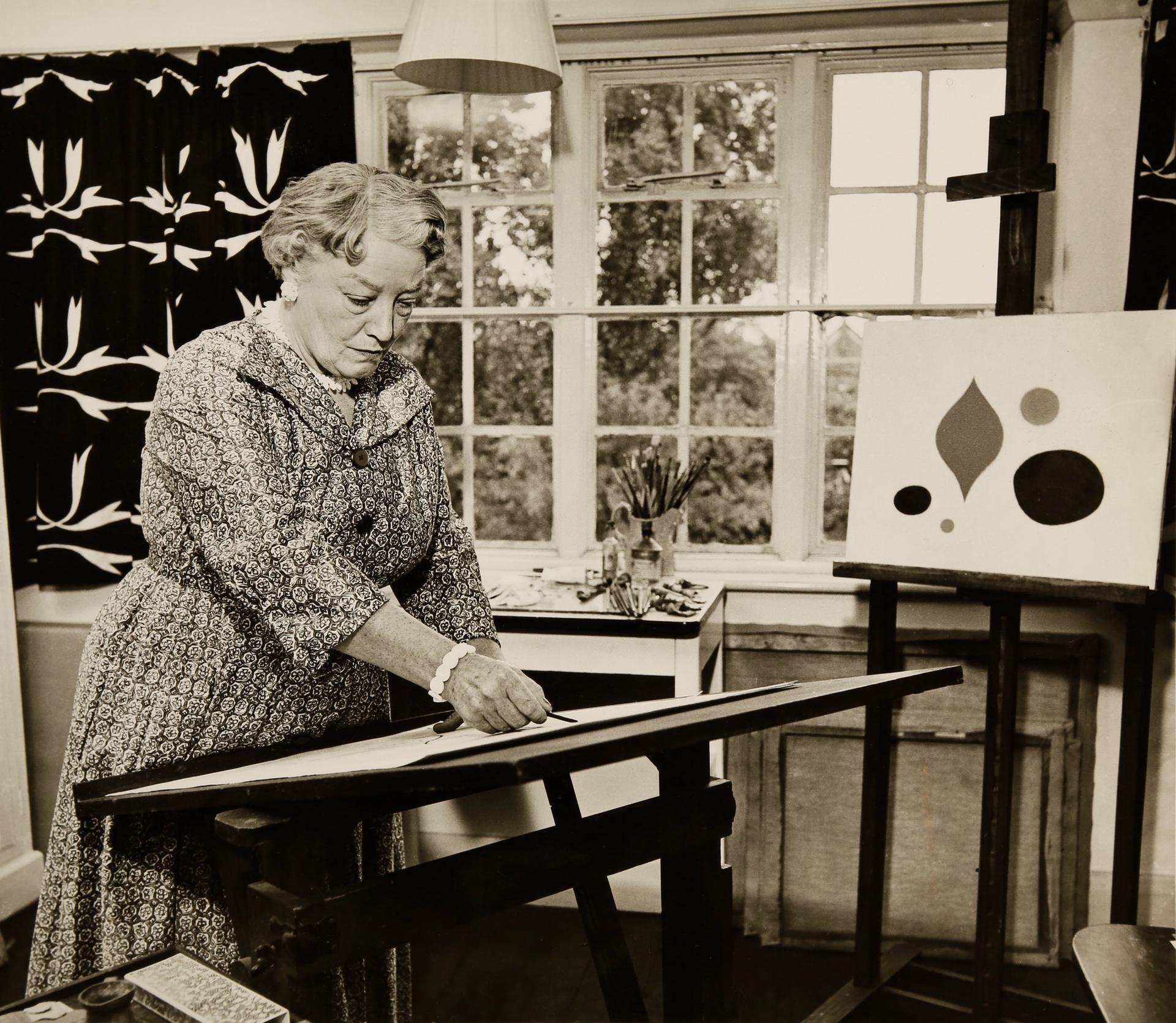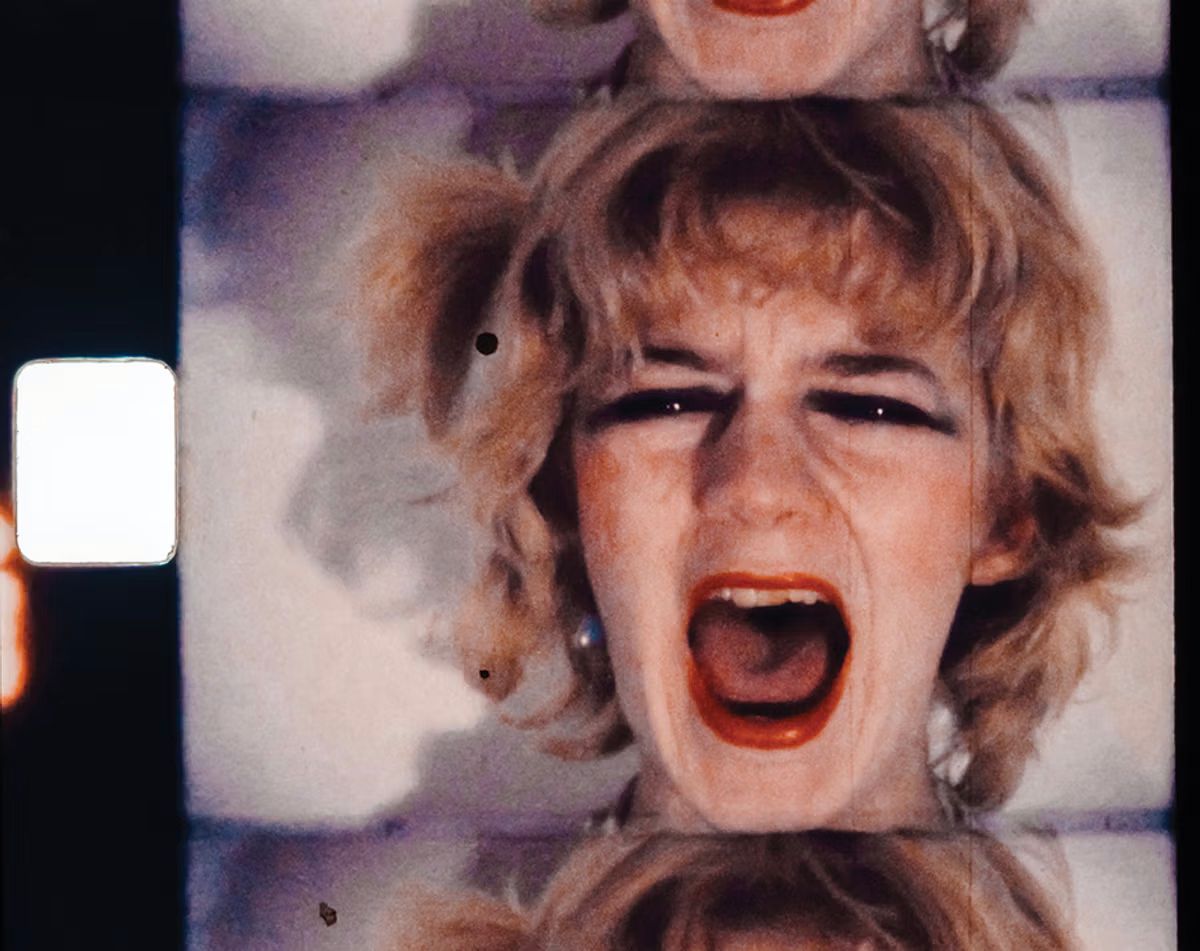The temptation with International Women's Day is always to highlight the bad things that remind us of how much we need this event. There are the statistics around rape and sexual abuse that are shockingly consistent; the mass trials of abusers that shock you into wordlessness; the more mundane reminders, in terms of employment and healthcare, that women's rights was never a one-time gain.
But of course, what the day really ought to be is a riot, not a dirge—a paean to guts and verve, beauty and splendour, to ambition and drive and excellence. Here then, a list of events and exhibitions seeking to do just that.
Gate of Horns, Carl Freedman Gallery, Margate, until April 13
Curator Hettie Judah describes this seven-woman show as “a celebration of female defiance, from Lilith to Gisèle Pelicot, an exhibition of unruly objects, unstable bodies and stories ripe for retelling”. It includes stellar works by Ingrid Berthon-Moine, Isis Dove-Edwin, Emma Franks, Alexis Hunter, Tamsin Morse, Helen Sargeant and a tribute to Mary Beth Edelson, organised into groupings inspired by second-wave feminism's goddess movement. Of particular note are Franks's baldly irreverent paintings, and Hunter's ink and watercolour drawings.
EmpowerHER ‘25: Creativity, Courage & Magical Thinking, Casildart, London, 14 March - 15 April
This is the second edition of the not-for-profit, Black-led gallery's annual exhibition, launched, says founder Sukai Eccleston, “to create a space where women's voices in art could truly be seen and heard”. Among the 80 artists in last year's edition, Isis Dove-Edwin was a distinct highlight, alongside Ghanaian painter Anne Blankson-Hemans. This year, there are half as many participants suggesting greater focus and space to be afforded to each. Don't miss printmaker and fashion designer Precious Seronga in their ranks.
Women in Revolt! Art and Activism in the UK 1970-1990, The Whitworth, Manchester, until 1 June
This behemoth of a Tate Britain touring show arrives in Manchester after a long stint at the National Galleries of Scotland. Its third outing does nothing to diminish the astonishment at this being the first exhibition in Tate's history to focus on British feminist art. When it first launched, The Art Newspaper columnist Louisa Buck noted how "rolling with the messy” lies at its core. She continued: “Forget Gaia Goddesses and spiritual woo-woo, here the emphasis is on harsh reality and everyday injustices, with notoriously neglected themes such as domestic labour, motherhood, sex and childcare foregrounded.”
Bobby Baker, An Edible Family in a Mobile Home, The Whitworth, Manchester, until 20 April

Bobby Baker, Tate, 2023
Andrew Whittuck
Not so long ago, the indomitable Bobby Baker described how when her first child was born, she immediately “felt like a bad smell” when she went into an art space. Relaying the challenge of continuing to make work while mothering small children, she said: “The real problem was money. That’s why I cracked up in the end, trying to keep it all together. And the culture in the 1990s was misogynistic, even amongst some women.”
She braced herself for a similar response when agreeing to take part in Women in Revolt! but instead has been buoyed beyond expectation by the show's reception. Don't miss this last ever opportunity to see her fabled 1976 installation, originally created in the East London prefab she was living in at the time: a family of five, life-size and entirely made of sweet treats, of which you are enjoined to take part.
Resistance: How protest shaped Britain and photography shaped protest, Turner Contemporary, Margate, until 1 June

Henry Grant, Anti-nuclear protesters marching to Aldermaston, Berkshire, May 1958
© Henry Grant Collection/London Museum
Steve McQueen has curated an incredible journey through a hundred years of protest on the British isles between 1903 and 2003. Each section, no, each photograph, is the beginning of a history lesson in its own right. Together they take every cause from women's suffrage and workers' rights to Aids, civil rights, LGBTQ+ rights, global warming and animal rights. But what really strikes you is the absolute through-line—across that century—of women taking a stand.
From the Pankhursts and Flora Drummond and the Women of Greenham Common to Claudia Johnson, organiser of the first Caribbean Carnival at St Pancras Town Hall and founder of the pioneering West Indian Gazette, warrior women are everywhere and it couldn't be more thrilling or inspiring.
Women at War, Liss Llewellyn, online

Evelyn Dunbar, Milking Practice with Artificial Udders
Courtesy of Liss Llewellyn
The online gallery dedicated to 20th-century British art has put together a beautiful showcase of works made in the dust and fear of wartime. From Isobel Heath’s paintings for the Ministry of Information, to lithographs Olive Mudie-Cooke made while working as a voluntary aid detachment driver in France, these are wonderful testimonies to spirits undeterred. In their focus on the role women played in keeping the country fed, Laura Knight’s dynamic oil sketch, Land Army Girl Ploughing, chimes with two lovely Evelyn Dunbars: Women Learning to Milk with Artificial Udders and a page of pencil and ink studies of various Land Army activities, including, as the title puts it, Singling Turnips.
Paule Vézelay, Living Lines, Royal West of England Academy, Bristol, until 27 April

7Paule Vézelay in her London studio with her 1955 textile Harmony (left) and her 1956 painting The Yellow Circle (right)
Photograph: Estate of Paule Vézelay
This is the largest show in 40 years to be dedicated to the most central of 20th-century British abstractionists. Paule Vézelay, a Bristolian by birth, became a mainstay of the Parisian avant-garde of the 1920s and 30s: the exhibition includes a quite gleeful vitrine of letters from Alexander Calder, Hans Hartung and Sophie Taueber-Arp, the Kandinskys, Henri Matisse, Alberto Giacometti and more.
But it's the work that really grabs your attention. Unstoppable creativity, driven often by pecuniary need, saw Vézelay delve into sculpture, painting, drawing, but also textile design and landscaping, culminating in a rose garden at her home in Barnes so wild and so beautiful, curator Simon Grant says it's one of her finest works. The war took her back to England, where she moved mountains to be granted permission to record what she saw: she was adamant that women's contributions not be dismissed.
Jyll Bradley: Running & Returning, The Box, Plymouth, 5 April – 2 November
She has been the highlight of the Chelsea Flower Show, Frieze Sculpture and the Folkestone Triennial, and written award-winning plays and documentaries for BBC Radio. Bradley has long used storytelling to unpick notions of identity, urbanity and community, deploying a beguiling aesthetic that she describes as “queering minimalism”.
For this major survey show, she is presenting three decades of work alongside new pieces. A notable highlight is the 2021 film, M.R., which documented the search for her birth mother, and its follow-up, The Meeting (2025), in which Bradley delves into the experience of meeting her for the first time.
Independent Women 2025 – The Influence List
Just out, this edition of the annual event is published by The Independent under the banner of “transformative change that must happen now”. At number one is Gisèle Pelicot, chosen for the way she enacted a complete societal turnaround in insisting that shame be directed not at the victims of sexual abuse but at the perpetrators. The list thereafter includes the UK’s first woman chancellor Rachel Reeves, this year's Brit Awards star Charli XCX and actor Cynthia Erivo, among the few to be nominated for an EGOT (an Emmy, a Grammy, an Oscar and a Tony Award) and a creative like no other. Also included are Tracey Emin and Olympic gold medal winner Keely Hodgkinson.
Turning Paint into Advocacy: Art by Women in Prison, The View Magazine, online
This grassroots social enterprise was started by a group of incarcerated women in England and seeks to amplify voices of those caught up in the criminal justice system. Through this online sale of works made by incarcerated women, buyers are encouraged to contribute to positive change and furthering human rights.
Women in Art Fair, gallery@oxo, London, 19 – 21 June
Just announced, the jury for this year's Women in Art Fair Prize 2025—which is dedicated to celebrating female-identifying artists—is, in itself, a quartet of excellence. Alison Mosshart, frontwoman of The Kills and The Dead Weather, and internationally exhibiting visual artist; art critic, writer and curator Charlotte Jansen; the painter, Vanessa Raw; and Virginia Damtsa, curator, dealer and cultural strategist. Together they set the tone for a heavyweight newcomer to the art fair scene, focused on addressing the art world's enduring gender imbalance.
By a Lady, Sotheby's auction, autumn
It's been 250 years since Jane Austen was born, a woman whose influence and import vastly extends beyond the literary world. Paying homage to that near cosmic legacy, a forthcoming cross-category auction of works—books, photography, jewellery, contemporary art—takes its name from the anonymous authorship under which she first published Sense and Sensibility in 1811. The idea is to highlight not just Austen but other women, from Charlotte Brontë to Marie Curie, whose works have been similarly boundary-defying.


